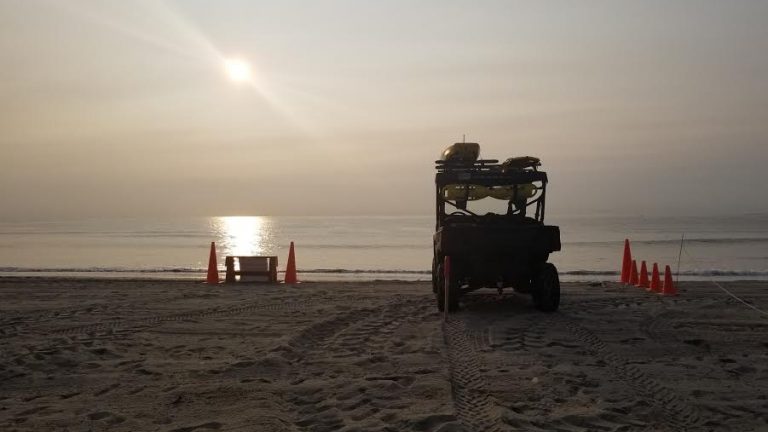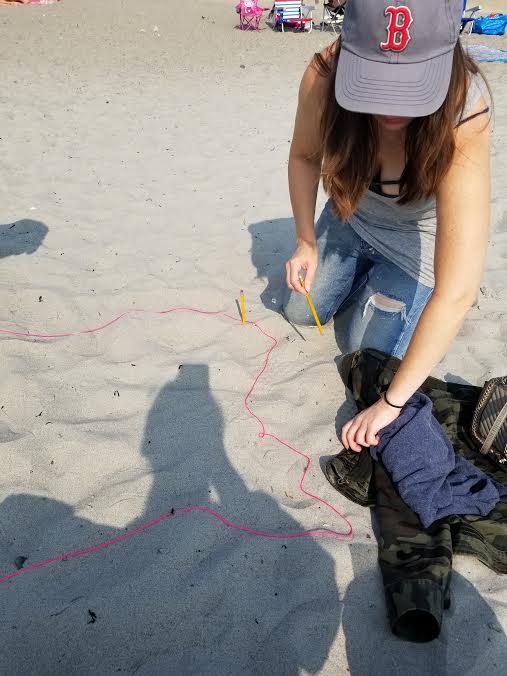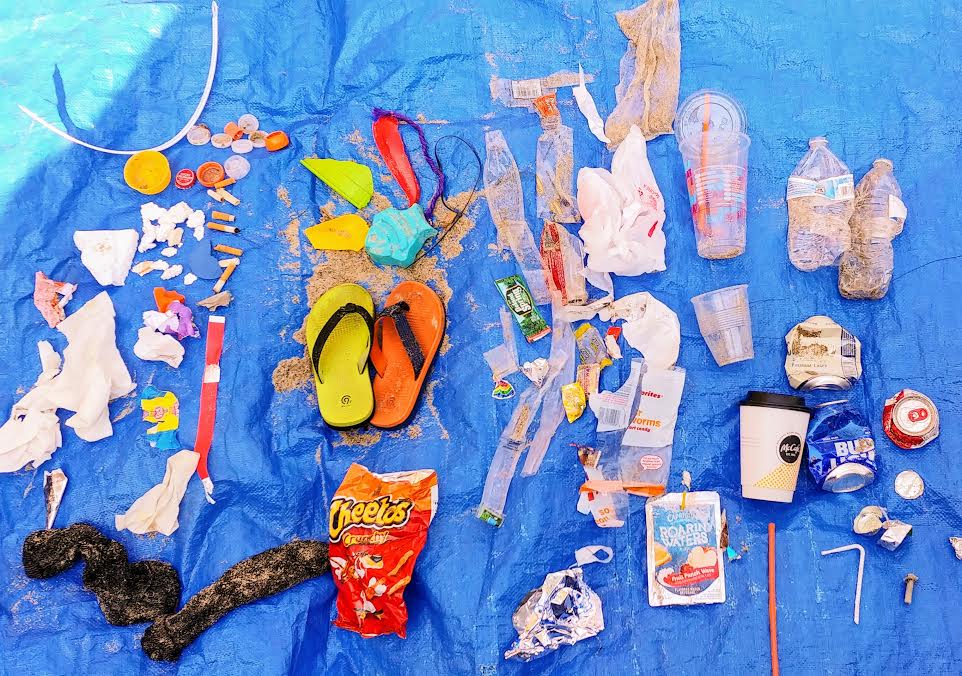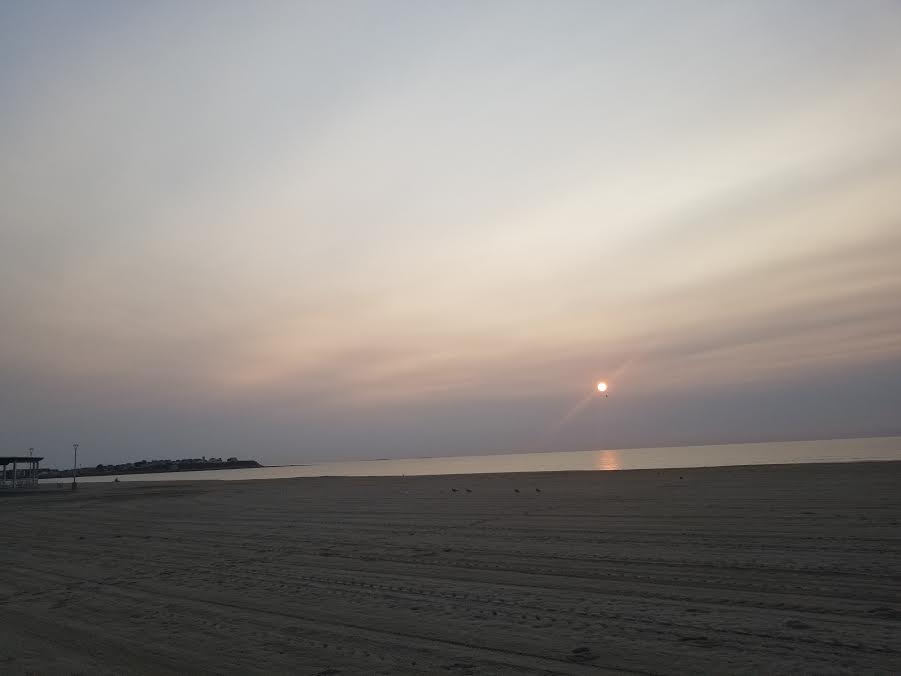
Blue Ocean Society in New Hampshire is a wonderful organization that aims to protect marine life in the Gulf of Maine.
By: Heather Newgen
Although people have become much more conscientious with maintaining our beaches and keeping our oceans clean, trash, debris and plastic is still finding its way into the sea and harming our marine life. According to Sea Turtle Conservation, more than 100 million marine animals are killed each year due to plastic waste in oceans, which is often mistaken for food. So the pollution marine life ingests is entering the food chain and therefore threatening human health.

Sign outside of the Blue Ocean Society office in Hampton Beach, New Hampshire
Photo by: Heather Newgen
However, that’s not the only way plastic is harmful. Blue Ocean Society states “debris can also hurt people by causing problems for boaters and create economic losses through it’s effect on commercially-valuable marine species in tourist areas.”
RELATED: Project Angel Food-Fantastic Volunteer Experience
While this is alarming, there’s something we can do to help. On a recent trip to New Hampton Beach, New Hampshire, I volunteered for a day with Blue Ocean Society and loved my experience. There were several short-term projects to choose from and I signed up for the microplastics research. “Microplastics are defined as plastics between 1-5mm in size. They can include fragments of larger plastics such as bottles, films from straw wrappers, pieces of foam, and filaments of rope or synthetic fibers,” the Blue Ocean Society website states.

Microplastics in the sand at Hampton Beach, New Hampshire
Photo By: Heather Newgen
Volunteers hit the beaches in New Hampshire and sift through the sand collecting samples of microplastics, which is then taken to a research lab to study the damaging effects the material has on the planet. I enjoyed the process and the actual work, but I got lucky with the weather. You’re outside on the beach for about three hours with a representative from the organization who will lead the project and it can be cold, so bring layers.

Heather Newgen sectioning off an area at the beach to look for microplastics
Photo By: Blue Ocean Society
Here’s how it works.
You and another volunteer will section off a small area of the sand at the highest wrack seaweed line. Then you will sift through the top layer of sand and collect any microplastics in that area. The microplastics are bagged and taken to the research center at Blue Ocean Society where they are separated into categories like styrofoam, surfboard wax, etc.
In total five sections must be done before moving to the next beach. You can just do one beach, but I did two; Hampton Beach and Jenness Beach, which was much cleaner because there weren’t as many tourists. It was more of a local scene and the difference in how they treated the beach compared to those just visiting was instantly noticeable.

Trash picked up from Hampton Beach
Photo By: Blue Ocean Society
Even though we weren’t doing a beach clean up, we picked up debris left by people as we went from section to section on Hampton Beach and filled up two bags of garbage. However, on Jenness Beach we didn’t pick up one of trash.

Heather Newgen and another volunteer sifting though the sand looking for microplastics
Photo By: Blue Ocean Society
Blue Ocean Society provides the materials, like the bags, buckets and sifters, and will log the materials you’re collecting. You start at 6:30am and this program takes place once a month April-October. You don’t need special skills and anyone 10 years or older can take part in the microplastic research. You can volunteer alone like I did, or come as a group. Volunteers are welcomed, appreciated and relied upon to help keep the beaches clean.

Sunrise at Hampton Beach
Photo By: Heather Newgen
But the main reason you should volunteer is because marine life depend on the oceans for survival so I loved this project because I did feel like I made a small contribution towards protecting their environment, plus it’s free to volunteer. There’s no program fee.
Blue Ocean Society has programs for short-term or long-term volunteers so consider volunteering with them if you’re in the area. I liked the organization and think people do make a positive impact by volunteering with them.
